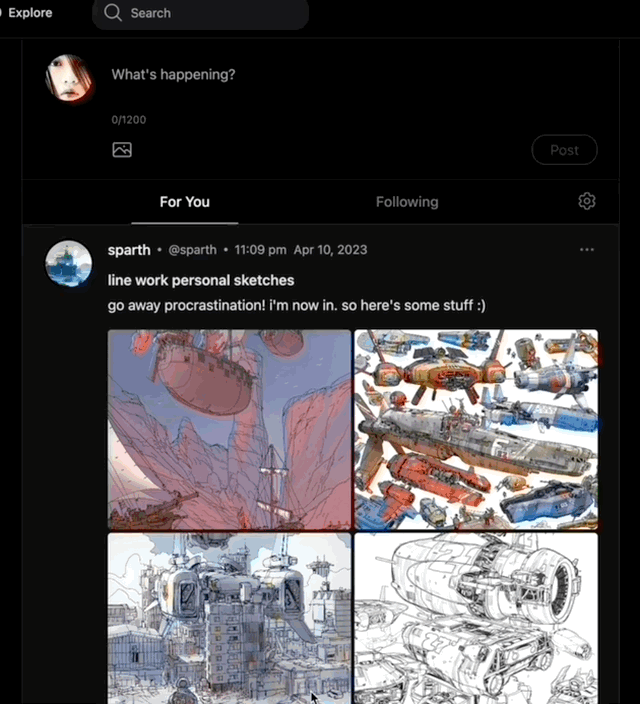
What is Cara?
Cara, a crowdfunded social media and portfolio platform, has been gaining traction among big-name artists and creatives. Founded by photographer and art director Jingna Zhang, Cara aims to provide a safe space for artists to share their work, connect with others, and potentially find job opportunities.
What makes Cara different from other social media sites?
- It has a strict anti-AI stance. It prohibits the publication of AI-generated art. This way, artists can have peace of mind that their work won’t be used to train AI models without their consent.
- Cara has also taken steps to prevent companies from scraping users’ images to train AI. That’s far different from other platforms, such as Instagram and Facebook, who have recently announced plans to use user content to train AI models.
Many creatives are tired of the constant struggles with Instagram and Facebook. Lower engagement rates and questionable algorithms have made it difficult for artists to reach their audience. Add to that the recent announcement that Meta will be scraping user content for AI training, and it’s no wonder that many are looking for an alternative.

Source: Blog.cara.app
Cara offers a clean slate, free from the concerns of AI-generated content and intellectual property misuse. The platform’s founders are committed to supporting artists and creatives, providing a safe space for them to showcase their work and connect with others.
The Pros and Cons of Using Cara
Pros:
- A dedicated platform for artists and creatives
- Strict anti-AI stance
- Measures in place to prevent AI training
- A community of like-minded creatives
- Opportunities for job connections and collaborations
Cons:
- Still a relatively new platform, with some growing pains
- Limited user base compared to established platforms
- Some features may be missing or still in development
As Cara continues to grow and evolve, it’s clear that the platform has the potential to become a major player in the social media landscape. With its commitment to supporting artists and creatives, it’s likely that we’ll see more big-name artists making the switch.

Source: Creativebloq.com
Can Cara be used for e-commerce?
While it’s not explicitly designed for e-commerce, it’s possible to use Cara as a platform for selling digital products or services, such as:
- Print-on-demand products: Artists can use Cara to promote their designs and sell print-on-demand products, such as t-shirts, mugs, or phone cases, through partnerships with print-on-demand services
- Digital products: Creators can sell digital products, like ebooks, graphics, or fonts, directly to customers through Cara’s platform
- Services: Artists can offer services like commission-based artwork, freelance illustration, or photography services to clients through Cara
- Crowdfunding: Cara allows artists to create campaigns and crowdfund their projects, which can be used to fund e-commerce ventures or product development
If you’re an artist or creative looking to sell digital products or services in a more niche or community-driven way, Cara could be a viable option. The platform’s focus on creative community-building and its anti-AI stance might make it an attractive choice for artists who want to maintain control over their work and connect with like-minded individuals.
Ultimately, the suitability of Cara for e-commerce depends on your specific needs and goals. If you’re unsure about whether Cara is right for your business, you might want to explore the platform’s features and community more thoroughly before making a decision.




